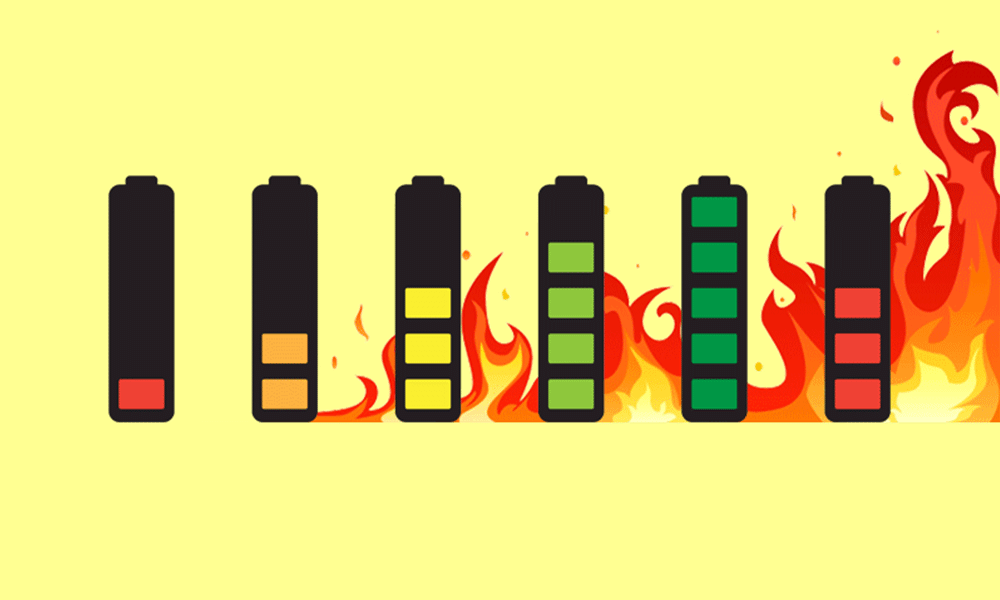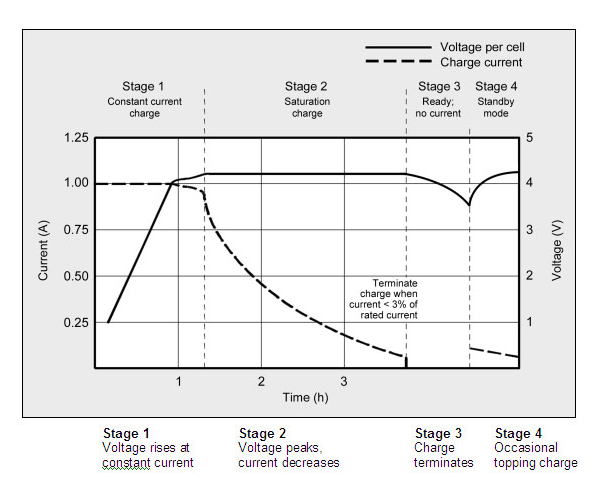With smartphone batteries are getting generally larger in capacity and people use their smartphones more often than before, fast-charging is their lifesaver.
True, but unfortunately only to some extent.
In the modern days of technology and mobile, people do almost anything using their phones. From communication that include email, chat and phone calls, to social media, work- or study-related tasks, browsing the web, playing games, listening to music or podcasts, streaming videos, downloading things, and more.
The more we use our phones, the faster the phone will deplete its battery.
Everyone knows this.
This is why fast-charging is seen as the only way people can get enough juice, as fast as possible.
But not many people know that fast-charging is not good for the phone's battery health.

The reason goes down to how fast-charging works.
In a nutshell, fast charging increases the current delivered to the battery to fill up its capacity quicker. The basic USB specification only sends 0.5 amps (A) of current using 5 volts (V) for just 2.5 watts (W). Fast charging technologies boost these figures tremendously higher.
For example, there are fast chargers that can deliver 40W, and Chinese companies have even ramped it up to hit 100W and beyond.
All fast charging services share one common theme: more power for speed.
Then it's up to the phone manufacturers themselves, whether they want to have their phones to be fast-charging capable. If so, the phones need to have the necessary circuitry and software so the phone can implements a data protocol to communicate with the charger.
This negotiation between the phone and the charger will result in the maximum tolerable power delivery for both the charger and handset.

According to Battery University for more technical details, Lithium-ion batteries charge in three different stages:
- Stage 1 – Constant Current: Voltage increases towards its peak, while current stays constant at a high level. This is the phase where a lot of power is quickly delivered to the device.
- Stage 2 – Saturation: This is the phase where the voltage has reached its peak and current drops down.
- Stage 3-4 – Trickle/Topping: The battery is fully charged. In this phase, the power will either slowly trickle in, or will periodically charge a low “topping” amount as the phone consumes battery.
Knowing how fast charging works, the ability also goes down to the batteries themselves.
Batteries inside most mobile devices are Lithium-ion. They have cells consisting of two electrodes (one positive and one negative) and an electrolyte catalyze reactions that convert compounds into new substances. Over time, ions — atoms with too few or too many electrons — form in the electrodes, driving a flow of electrons to the battery’s negative outer terminal and supplying the device it is powering, with the needed electric charge.
Batteries inside mobile devices are rechargeable Lithium-ion batteries, meaning that each time they deplete their energy, the reactions are reversible.
When the battery discharges, the chemical reaction produces electricity, and when the battery recharges, the chemical reactions absorb power.
Inside smartphones, there are charge controllers (IC) that protect the battery from receiving more current that it can possibly handle. The IC, paired with the needed circuitry and software, determines how much current the phone can take at any given time.
In theory, if both the phone and the charger are capable of fast-charging, the phone will benefit from the speedy charging.
But here's the thing: higher current translates to more heat.

Apple for example, said that its devices' tolerable operating temperature ranges from 0º and 35º C (32º to 95º F), and the company warns that using its devices "in very hot conditions can permanently shorten battery life."
And fast charging here, generates a lot of heat. Wireless charging can also warm up phones more than charging the phone with the supplied charger.
It's the heat that makes some manufacturers to also advise customers to not use their phones while charging.
"Lithium-ion suffers from stress when exposed to heat, so does keeping a cell at a high charge voltage. A battery dwelling above 30°C (86°F) is considered elevated temperature and for most Li-ion a voltage above 4.10V/cell is deemed as high voltage," wrote Battery University in a post.
So how is it possible for users to benefit from fast charging, but still have a prolonged battery life?
One of the ways, is the manufacturer in using AI.
Apple for example, introduced a feature called Optimized Battery Charging in iOS 13. The idea is that when the phone is hooked up to a charger for extended periods - specifically overnight - the AI will control the charging to charge at a current that will only top the battery to 80%, and keep it there. The final 20% will commence when the users are about to wake up.
In general, Apple or other smartphone manufacturers have their phones (and chargers) to top up their batteries quicker from 0%-50% than 50%-80%, and fast charging works only when below 80%.
This way, phone manufacturers hope that they can prevent battery wear from happening too early.
Another way to prolong battery health, is by using the '40-80 rule' charging method.